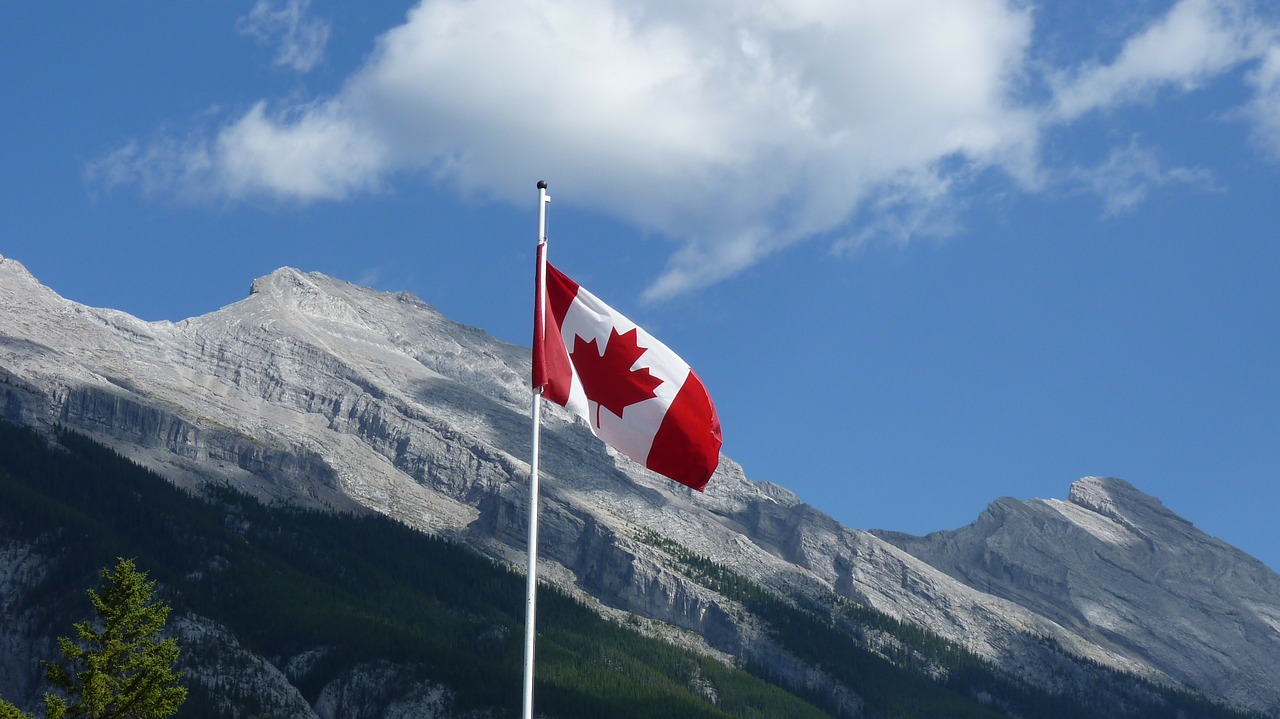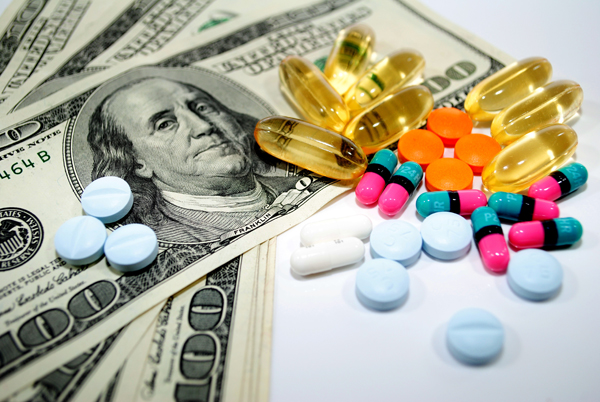The new year celebrations may be over but it looks like it’s just getting started for Big Pharma. Prices for more than 100 prescription drugs went up at the start of 2020, according to data analyzed by healthcare research firm 3 Axis Advisors.
While few drug prices increased by 10 percent, the large number of modest price increases could deliver an even bigger blow. The price of cancer immunotherapies Keytruda (Merck), Opdivo and Yervoy (Bristol-Myers Squibb) went up by 1.5 percent, each of which generates billions in revenue for their drugmaker.
And it’s not just one or two drugs from each company; Pfizer increased prices on nearly 60 drugs (the highest number of drugs so far), according to Axios. About 30 drugs from Novartis — including Cosentyx and Gilenya — and 25 drugs from AbbVie — including its anti-inflammatory drug Humira, which went up by 7.4 percent — are affected by price hikes. According to GoodRx, six generic drugs have seen increases averaging 8.7 percent to date.
RELATED: 20 Generic Drug Manufacturers Sued by US States for Price Hikes
The annual rise in drug price has come as no surprise, but some companies may be holding off on these announcements until later in the month. This behavior differs from drug price increases in 2018, 98 percent of which took place in the first five days of January. GoodRx researchers suspect drug manufacturers have become “gun shy” as the issue of high drug prices continues to stay in the spotlight for politicians on both sides of the aisle.
But despite the price hikes, some say that the list price has actually decreased for payors after factoring in rebates and discounts. Merck, maker of diabetes drugs Januvia and Janumet, increased the price of 15 drugs but said they were committed to not raising net prices by more than inflation annually.
RELATED: Judge Puts Brakes on Listing Drug Prices on DTC Ads…For Now
Attempts to lower drug prices in America have taken the form of mandatory drug price listing on direct-to-consumer ads, plans to abandon the rebate system, Medicare reform and different strategies to promote generic drug competition. Just as 2019 closed, the White House announced a proposal to import medicines from Canada, which sparked fierce backlash from Canadian healthcare entities and prominent industry groups in the US.
Also in play is a drug pricing bill introduced by Speaker Nancy Pelosi, which was passed by the House back in December. One of the most radical provisions outlined in the bill is allowing the Department of Health and Human Services to annually negotiate drug prices with pharma companies on up to 250 drugs, in hopes of driving prices down. Critics say her bill would not only cost the administration $1 trillion over the next decade, but drug companies would have to cut R&D spending, resulting in fewer new drugs over time.
Meanwhile, the Senate has a bill of its own. Backed by Chuck Grassley (R-Iowa) and Ron Wyden (D-Oregon), it requires drug manufacturers to pay rebates to Medicare if the price of drugs increases higher than the rate of inflation and it places a cap on out-of-pocket costs. Yesterday, Grassley told CNBC that he would like Pelosi to drop her bill and support his instead since hers “does not stand a chance in the GOP-controlled upper chamber.” Currently, the bill is stalled due to lack of support from Senate Republicans.
This hot-button issue is expected to stay center stage for the upcoming presidential election, which could mean more clashes between Big Pharma and the US government.












Join or login to leave a comment
JOIN LOGIN